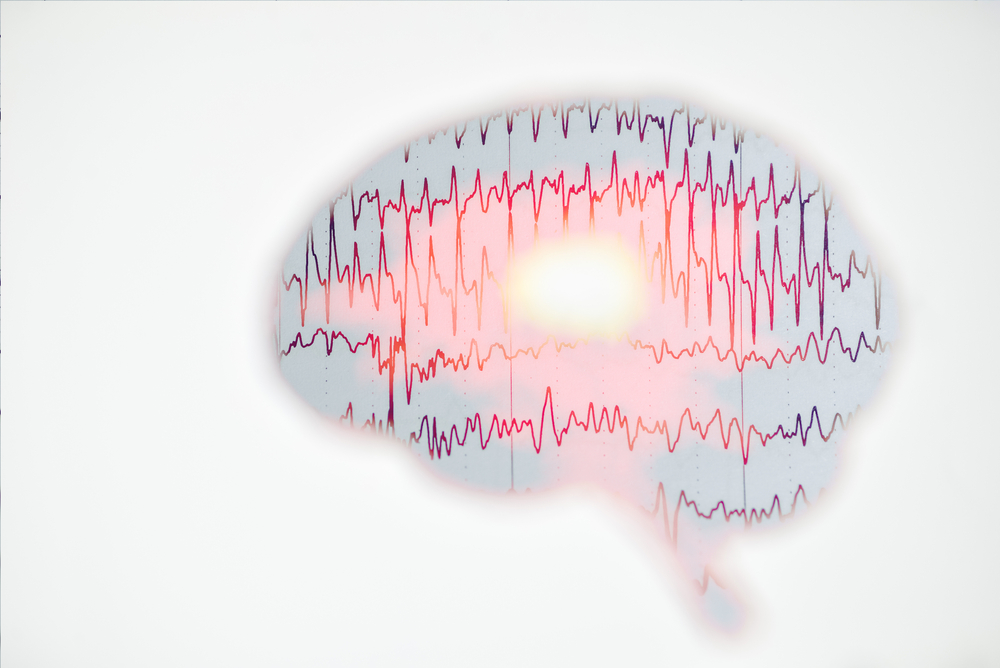Mild Inhibition of Mitochondria Reduces Susceptibility to Seizure in Mice with Dravet Syndrome, Study Shows

Inhibition of an enzyme in the “powerhouses” of cells from the hippocampus can prevent seizures in mice with intractable Dravet syndrome, a study found.
This discovery may pave the way for the development of therapies that could effectively reduce brain cells’ hyperactivity, known to increase susceptibility to seizures and contribute to neurological illnesses.
The study, “Mitochondrial Regulation of the Hippocampal Firing Rate Set Point and Seizure Susceptibility,” was led by researchers from Tel Aviv University and was published in the journal Neuron.
For decades, researchers have tried to understand how communication between brain cells is regulated. However, until now, this question did not have a clear answer.
Increasing evidence has suggested that brain network activity relies on a complex and tightly controlled mechanism. It has been proposed that brain cells have a ‘‘set point’’ at which their activity is homogeneous and stable, allowing the brain network to work as a well-oiled machine.
In epileptic seizures, this set point is perturbed and brain cells start to fire communications in a much faster, uncontrolled manner. So finding ways to regain control over cells’ signals and restore communication balance is thought to be the path to treating such neurological conditions, including Dravet syndrome.
In order to find potential cellular elements that could be involved in this regulation process, researchers analyzed genetic data available from patients with epilepsy and experimental models of epilepsy. Cross-analysis of the data revealed that an enzyme called dihydroorotate dehydrogenase, or DHODH, could be an important mediator of epilepsy-resistant metabolic state in cells from the hippocampus.
This enzyme is very important for cells as it is involved in the process of energy production that takes place in mitochondria (tiny organs that are inside cells and function as their powerhouses).
To further explore the role of DHODH in the regulation of neural activity, the team used an inhibitor of the enzyme in experimental brain cells. The inhibitor teriflunomide is marketed under the brand name Aubagio for the treatment of multiple sclerosis because of its immunosuppressive actions in the blood.
When exposed to the inhibitor, the cells showed a significantly lower ability to communicate with their neighbors, but when teriflunomide was removed, the cells returned to their normal activity levels.
The team obtained a similar modulatory effect when it genetically modified experimental cells to not produce DHODH.
These results further suggest that the enzyme has a critical role in setting the activity of brain cells without triggering a compensatory mechanism.
“What we have found is a homeostatic mechanism that acts as a sort of a thermostat of the neural circuits, which ensures the return to a set point after each event that increases or decreases brain activity,” Inna Slutsky, PhD, associate professor at Tel Aviv’s Sackler Faculty of Medicine and senior author of the study, said in a news release.
Next, the team explored the possibility of targeting DHODH as a strategy to prevent epileptic seizures. They used different mice models, including mice carrying a mutation in the Scn1a gene linked to Dravet syndrome.
“These mice exhibited thermally induced seizures and profound premature death, with less than 40% that survive beyond the sixth week of life,” researchers stated.
Brain activity dropped significantly two to four hours after the mice had been injected with teriflunomide directly into the brain, with a 1.8-fold reduction in the frequency of brain activity spikes compared to mice treated with a placebo. Also, administration of teriflunomide for three consecutive days helped decrease the susceptibility for thermally induced seizures in these mice.
“Altogether, these results demonstrate that cerebral DHODH inhibition conveys potent anti-epileptic protection even in the severe, pharmacoresistant genetic model of epilepsy,” researchers said.
Slutsky said, “Drugs based on this new principle may give hope to 30 to 40 percent of epilepsy patients, who are not responding to existing therapies, including children with Dravet syndrome.”
The team is exploring whether impaired regulation of brain activity set point also exists in Alzheimer’s disease. If it confirms the existence of this feature, it may indicate that targeting DHODH may also represent a potential strategy to treat memory disorders.






